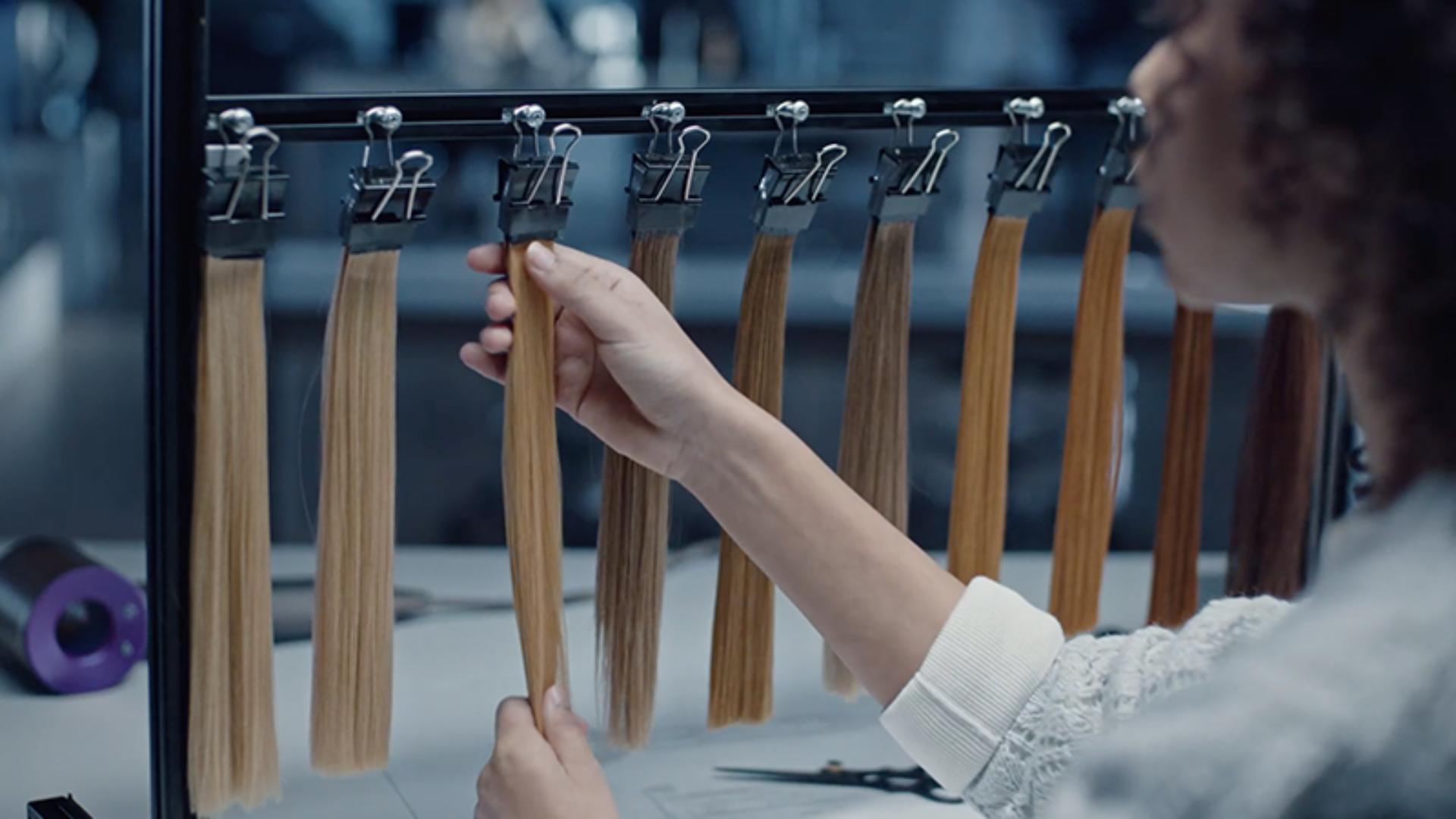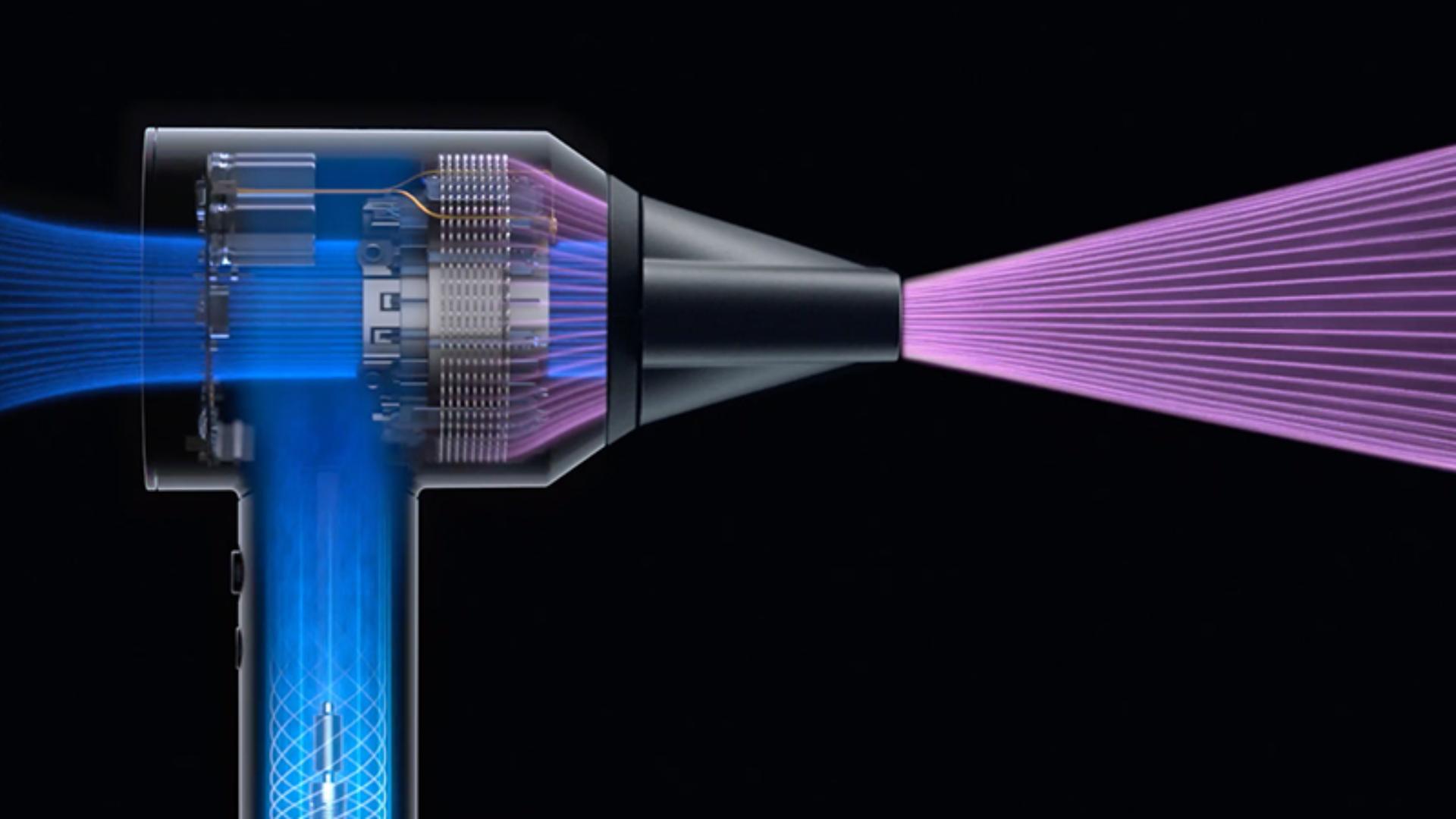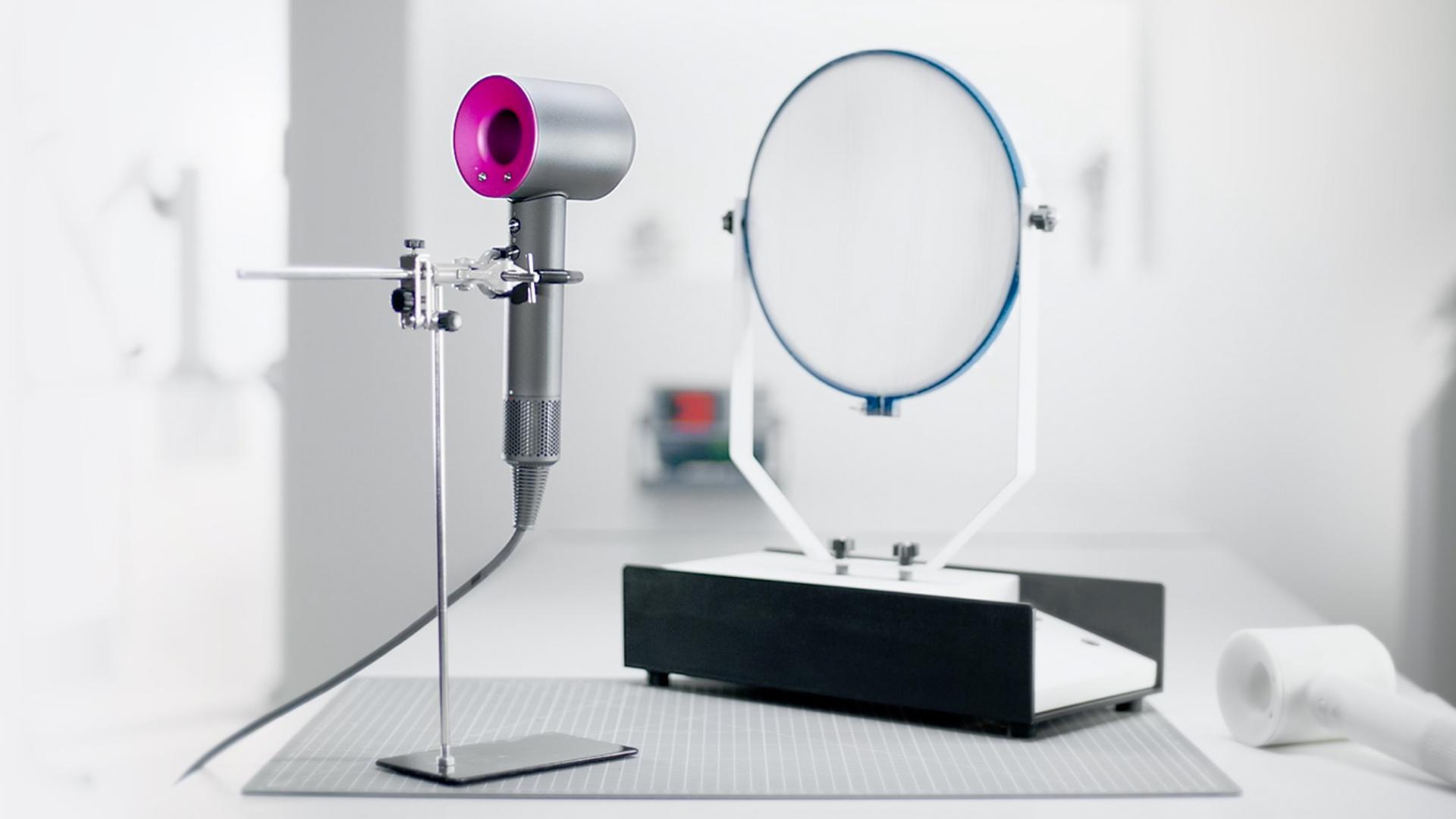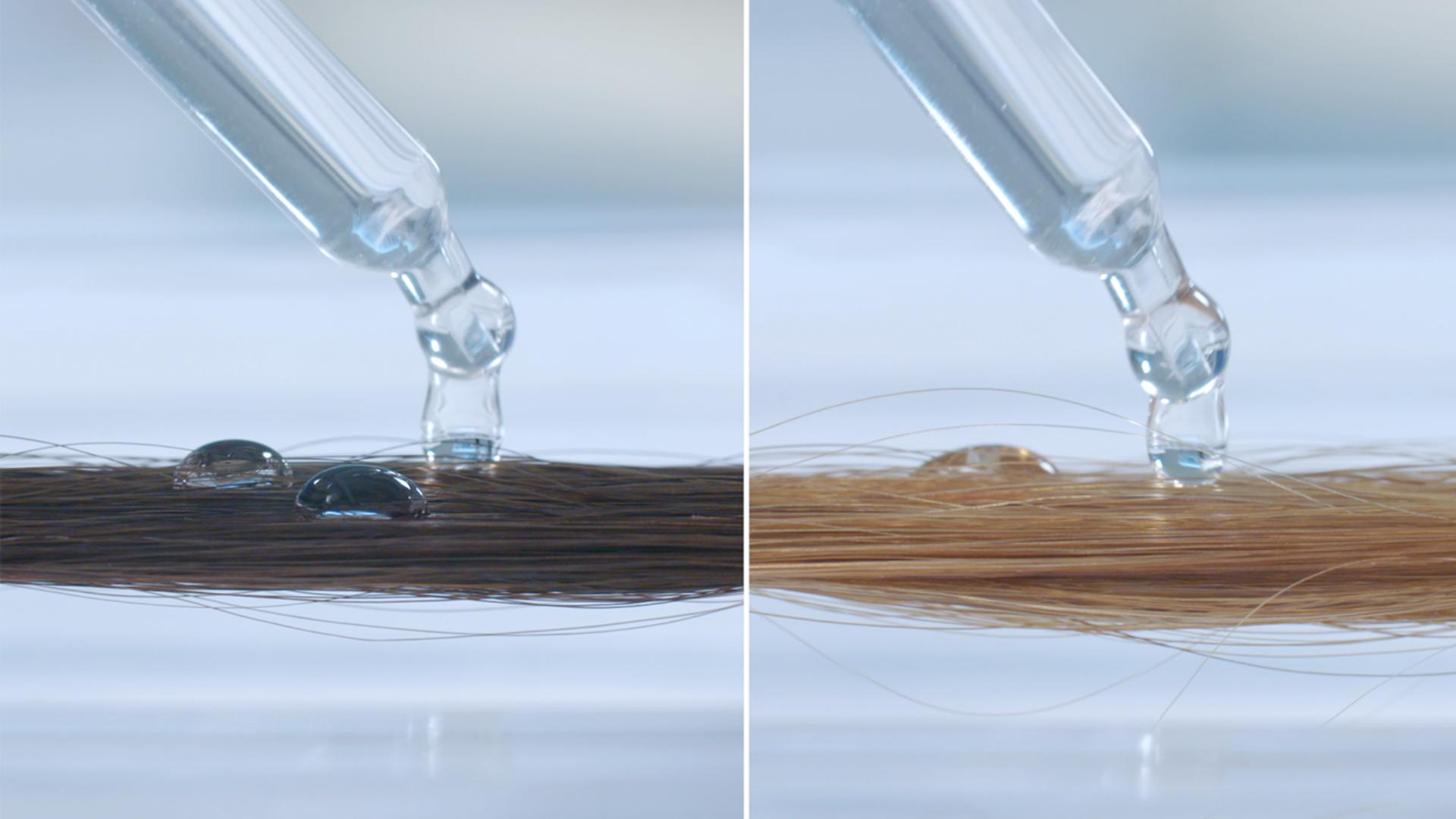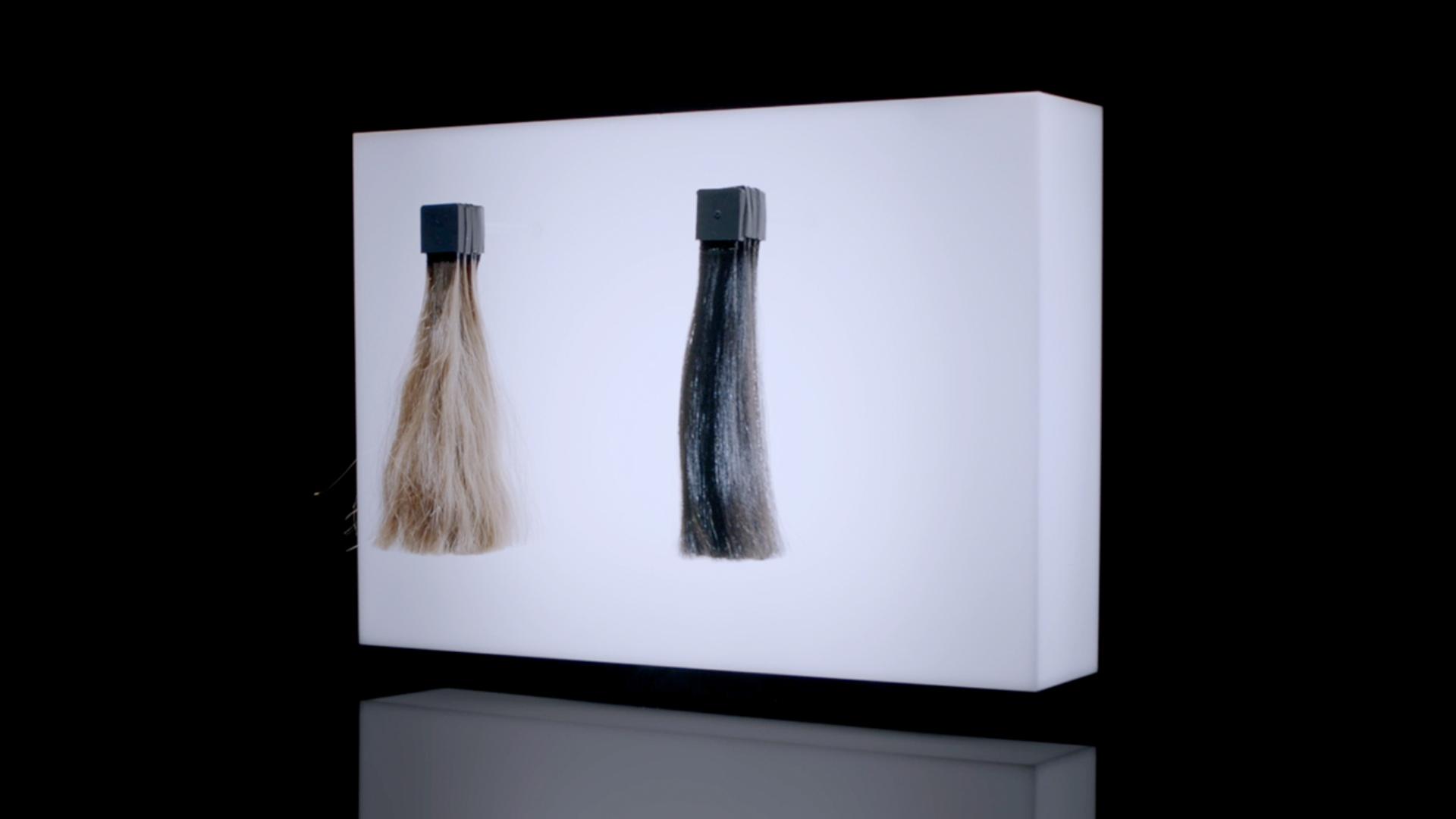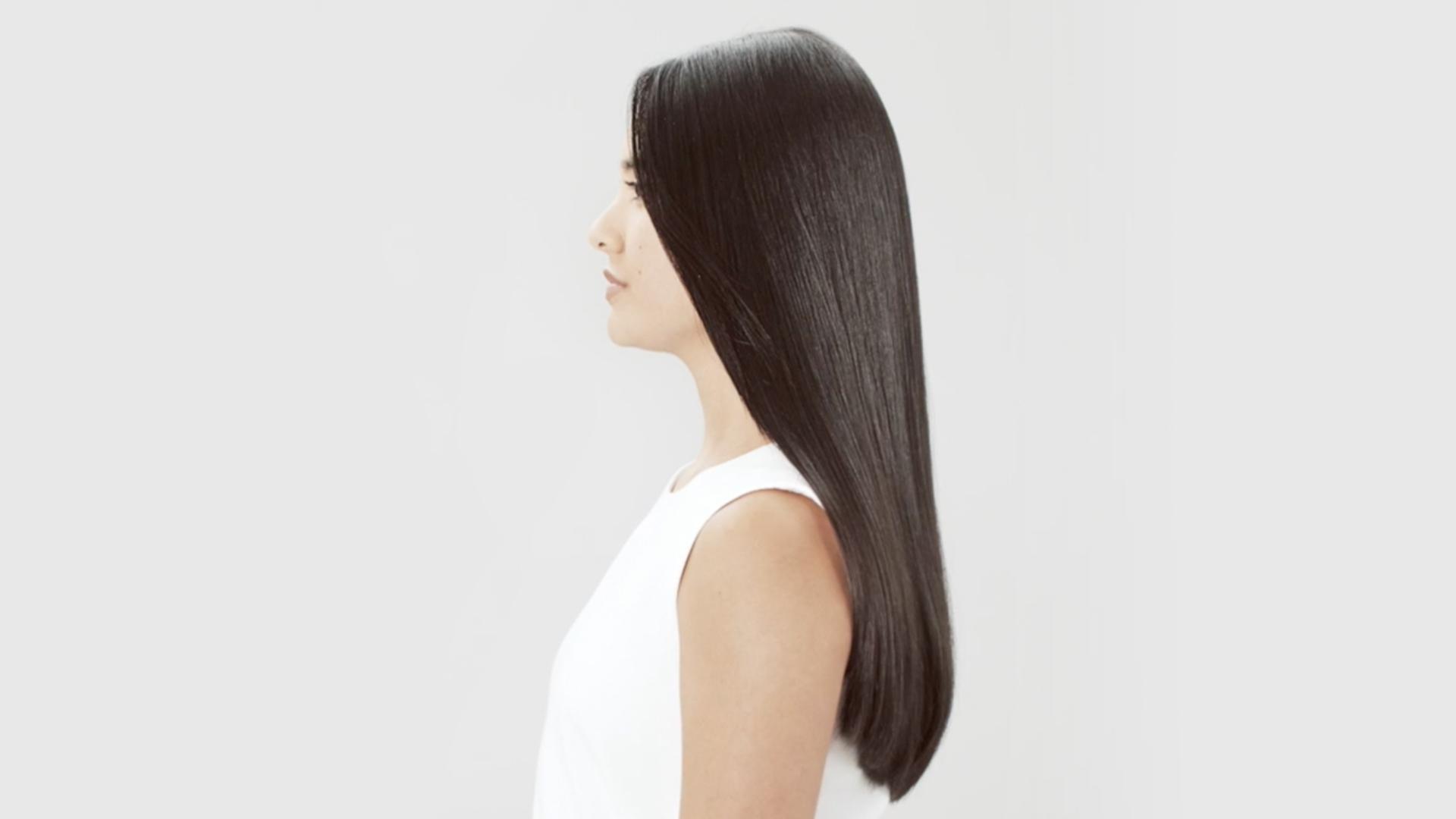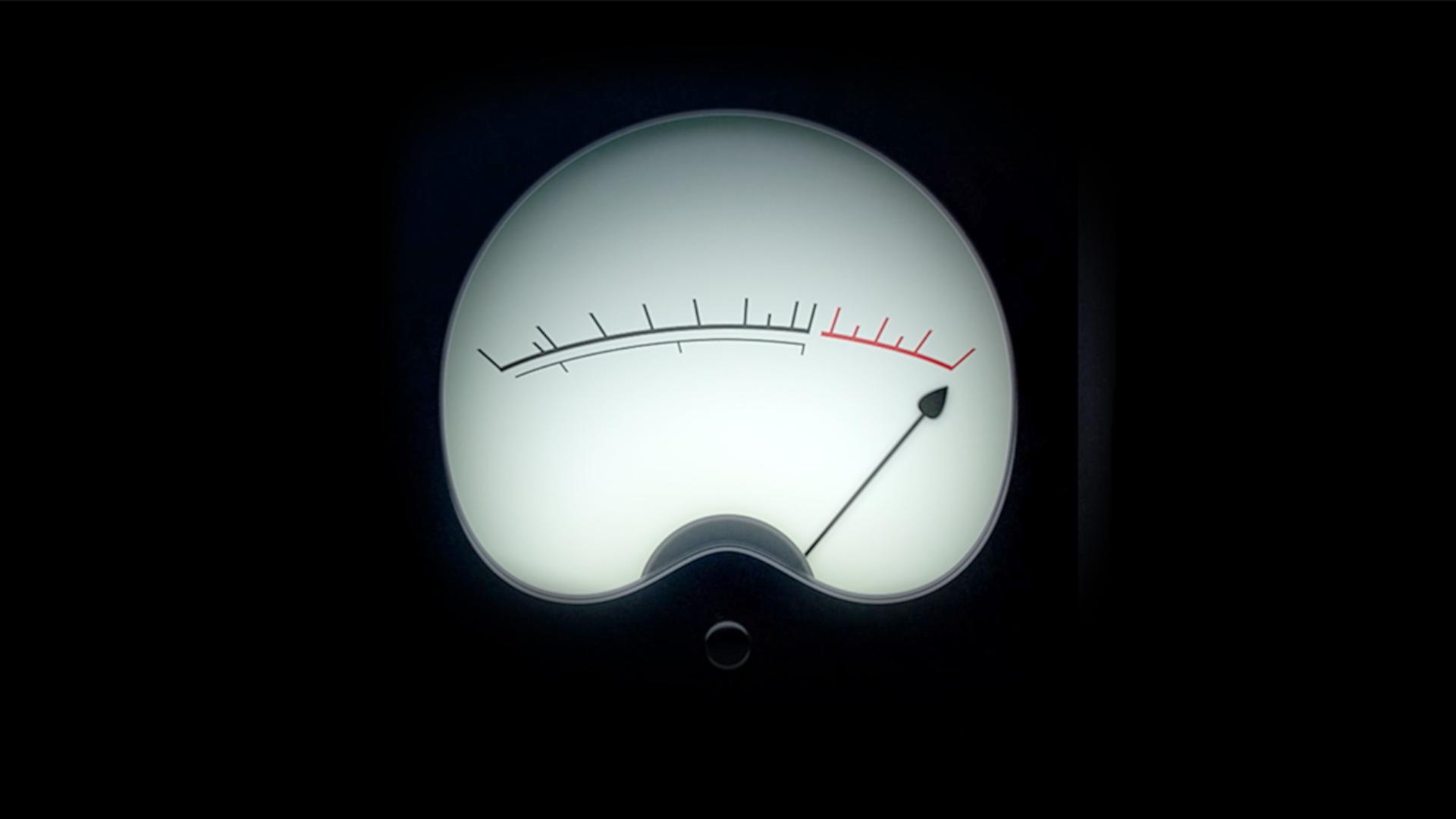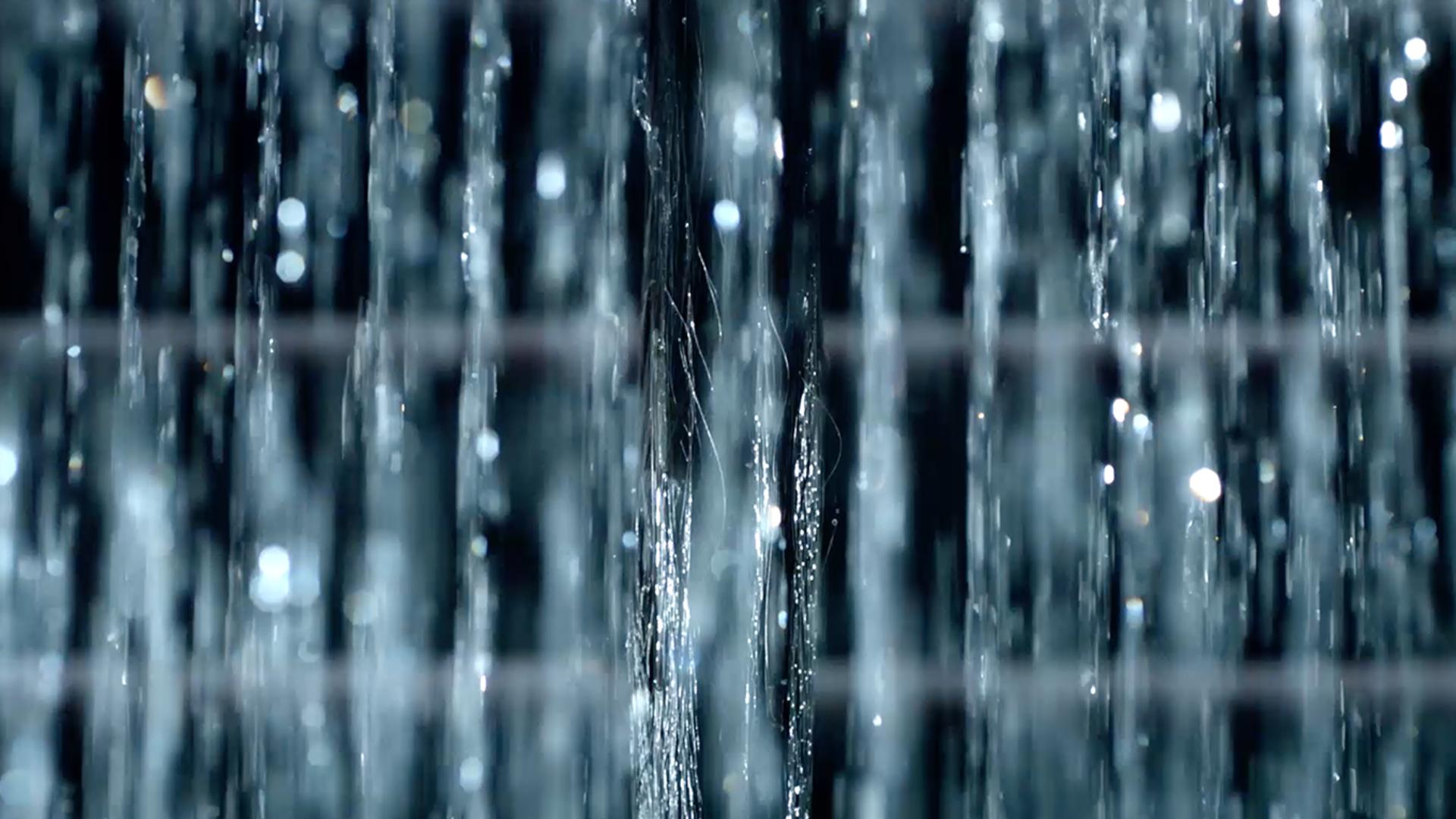Hair. Our healthy obsession.
Hair. Our healthy obsession.
We’ve tested 1,010 miles of real hair, from its structure to airflow dynamics, in our state-of-the-art laboratories. Because the more we understand hair, the better we can help you look after it.
Engineered to help protect your hair
Our attachments not only style your hair, but can also help retain its colour and smoothness.
-
The science of colour loss
Whether your hair’s dyed or natural, it can change colour with heat. Find out how.
-
Smoother air means smoother hair
Discover how airflow affects your hair’s smoothness.
Inside Dyson Hair Laboratories
Our obsession with hair has led us to create one of the most sophisticated hair laboratories in the world. Everything we learn informs our engineering decisions.
-
Real hair, not just cloth
By challenging convention, we uncovered the role velocity plays in the hair drying process.
-
Pulling things apart
The tensile test measures hair strength. Discover how extreme heat weakens the hair.
-
Testing the water
See how damaged hair absorbs water more quickly than healthy hair, which can weaken it.
The science behind style
Beyond the art of styling lies the science of understanding hair.
-
The science behind shine
Our obsession with hair led us to go above and beyond to understand shine, what effects it, and why we created a hair dryer to help protect it.
-
The science behind frizz
Damaged hair absorbs water quickly, causing strands to swell, creating frizz. That’s why we engineered a hair dryer with intelligent heat control.
Our journey to redefine hair care has helped us to challenge common misconceptions about the health of hair.
-
The power of airflow
Does higher hair dryer wattage really mean more powerful airflow? Discover the science behind the myth.
-
The cold truth
It's said that rinsing your hair with cold water will make it shine. But that's not science. Let us show you why.
Did you know?
-
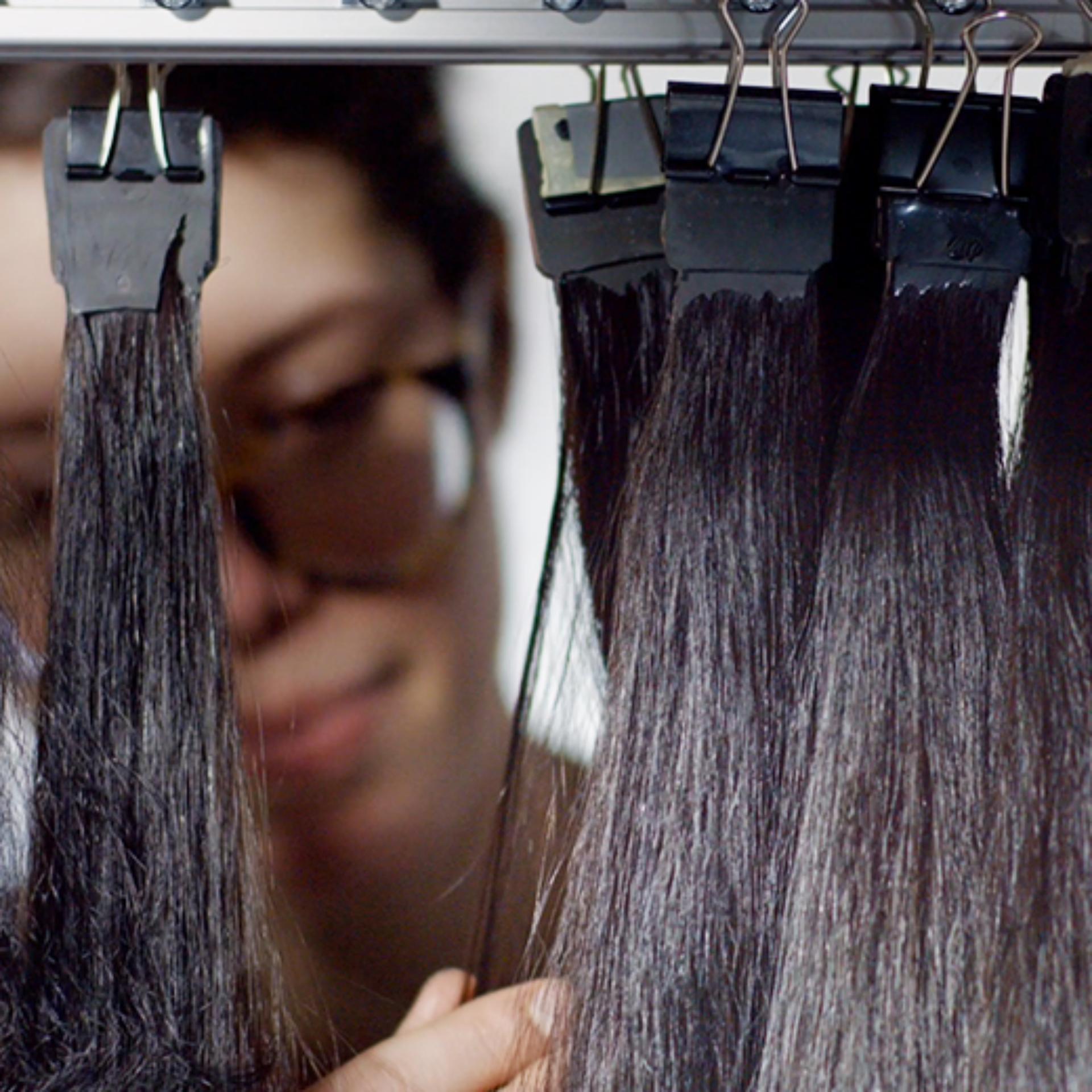
The life cycle of a hair is typically 2 to 7 years.
-
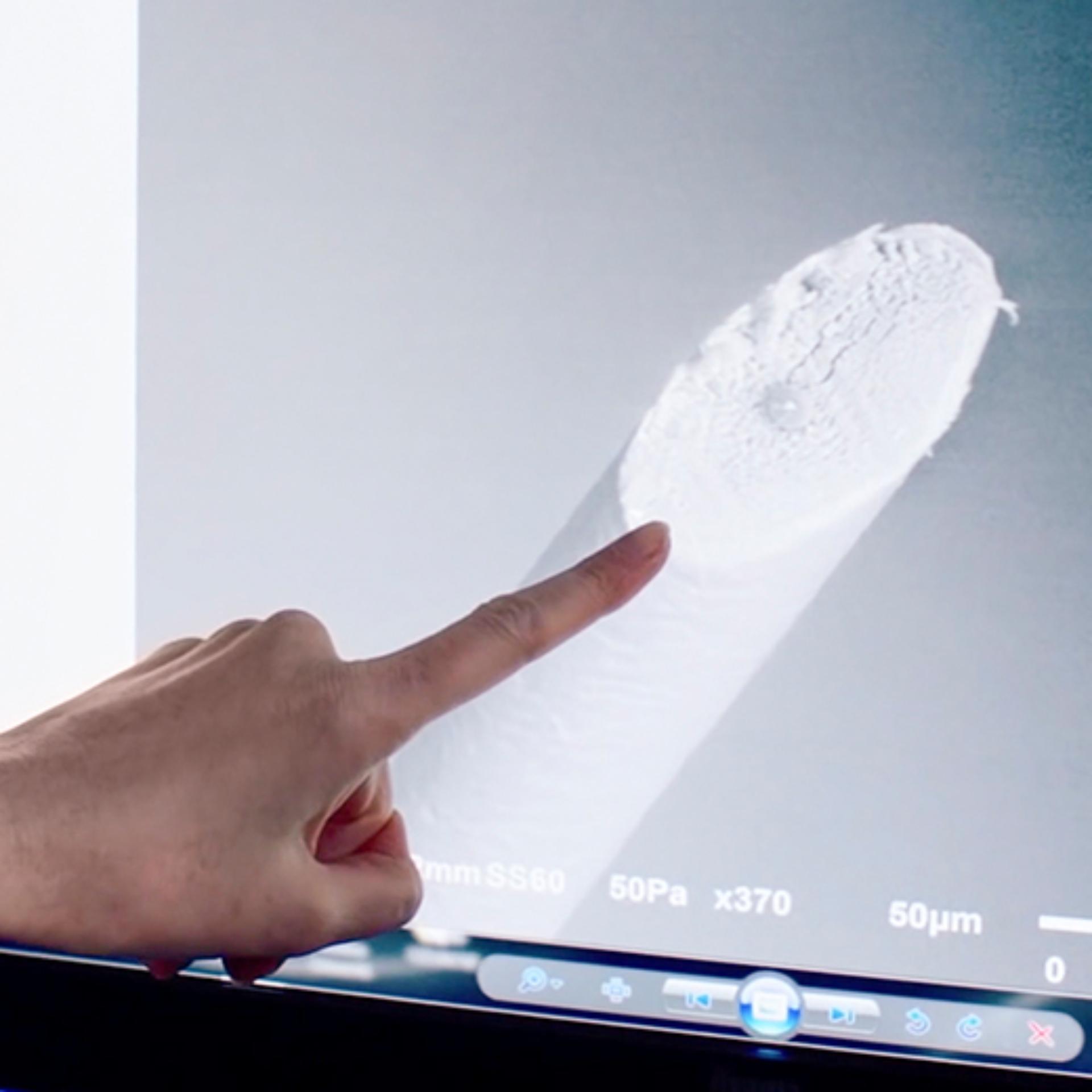
Hair is the second fastest replicating tissue in the human body.
-
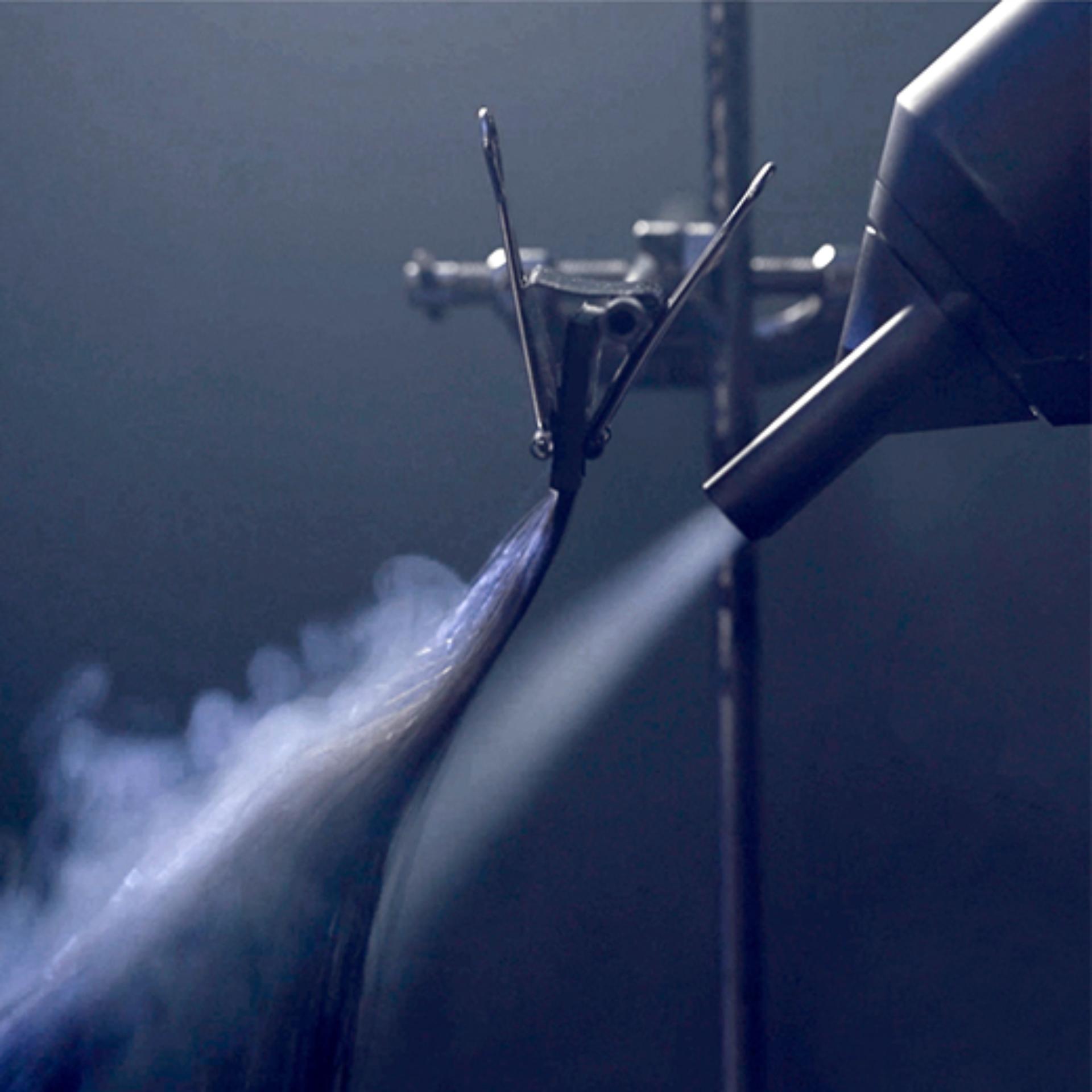
A style will drop out faster if you overdry the hair.
-
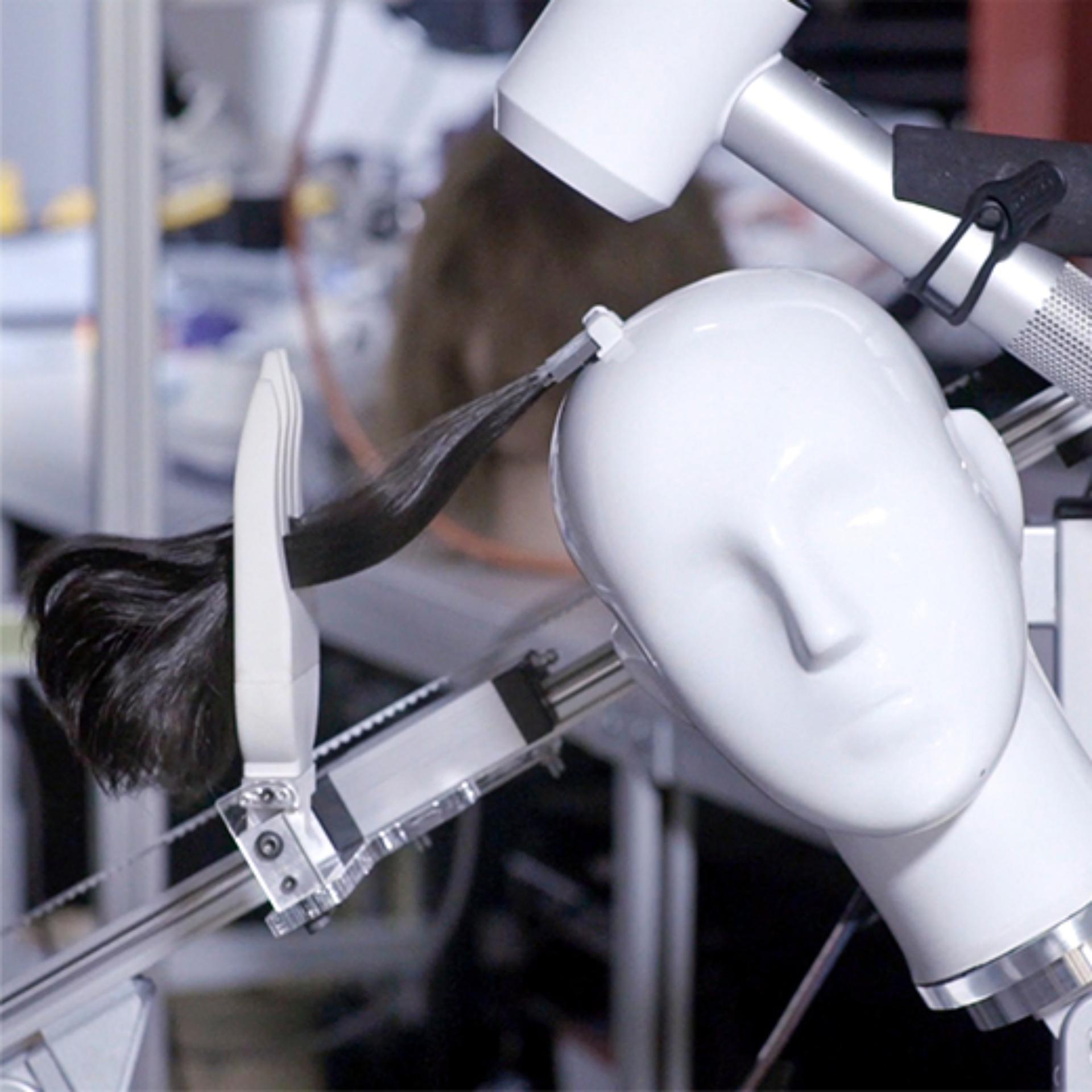
The average human head has 80,000 to 150,000 hairs.
-
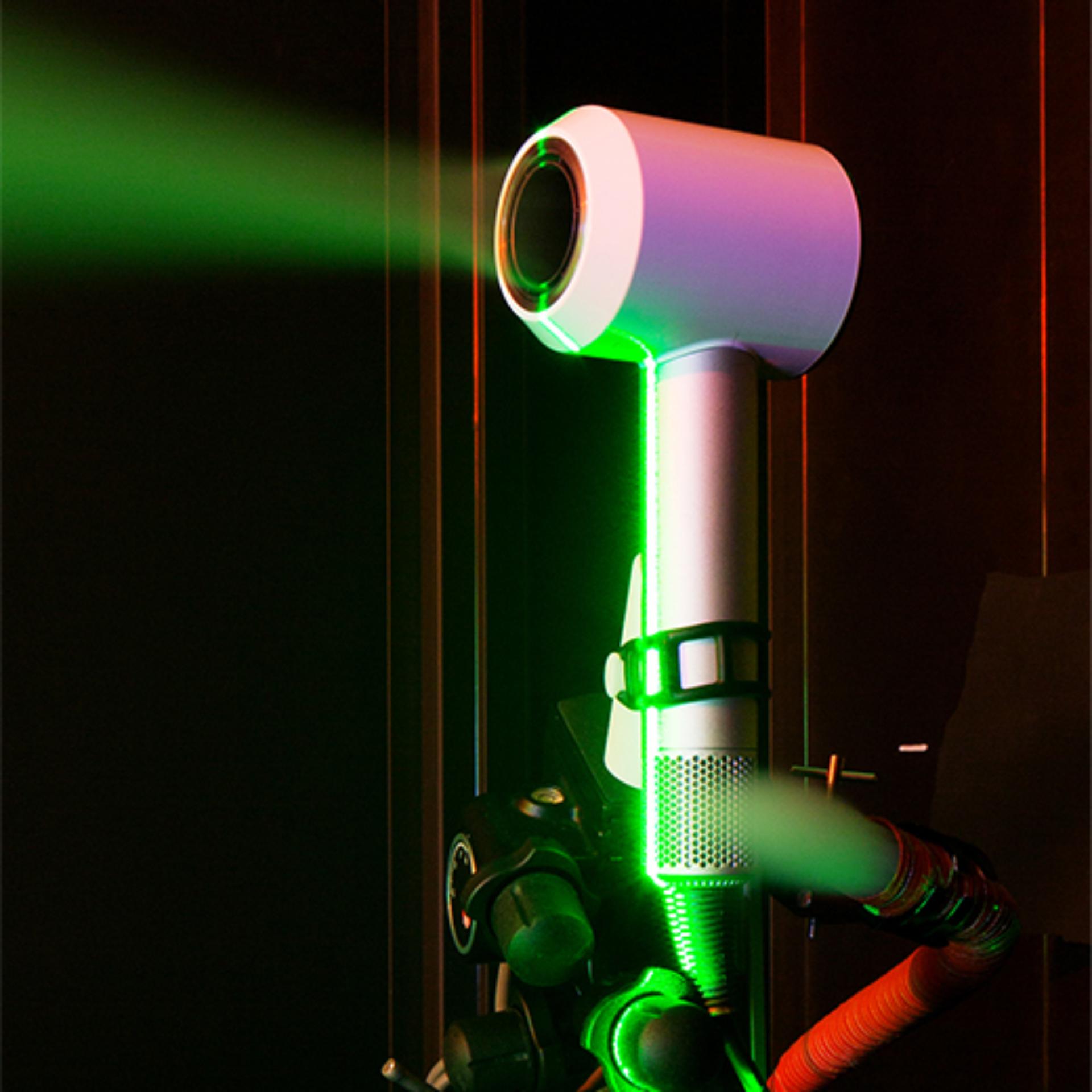
Hair can't heal once damaged, so it's important to protect it.
-
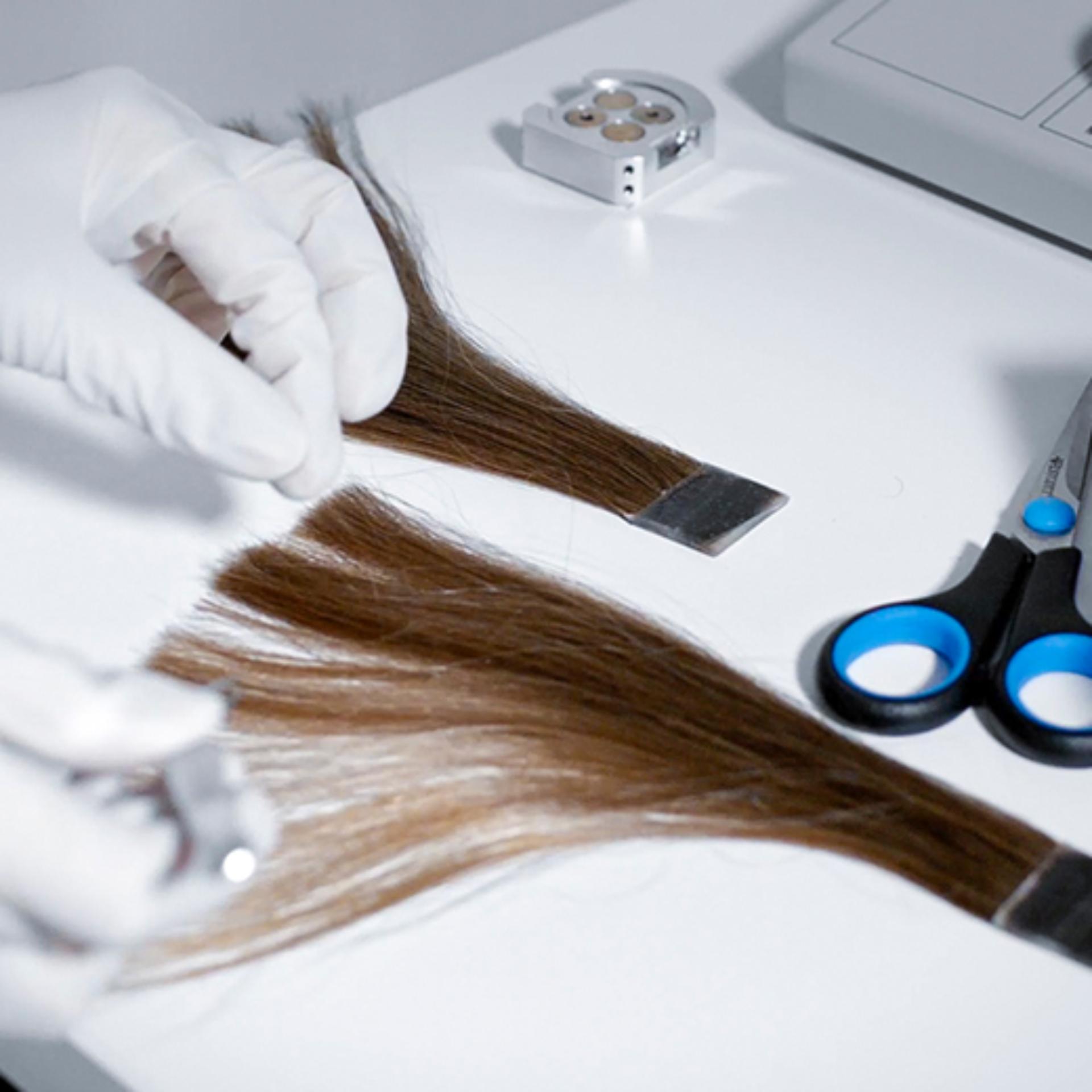
Hair is typically 79% keratin, 17% water and 4% fats, oils and pigments.

3 models are available now
Exclusive Black Purple colour
only available at Dyson Online Store and Demo Store
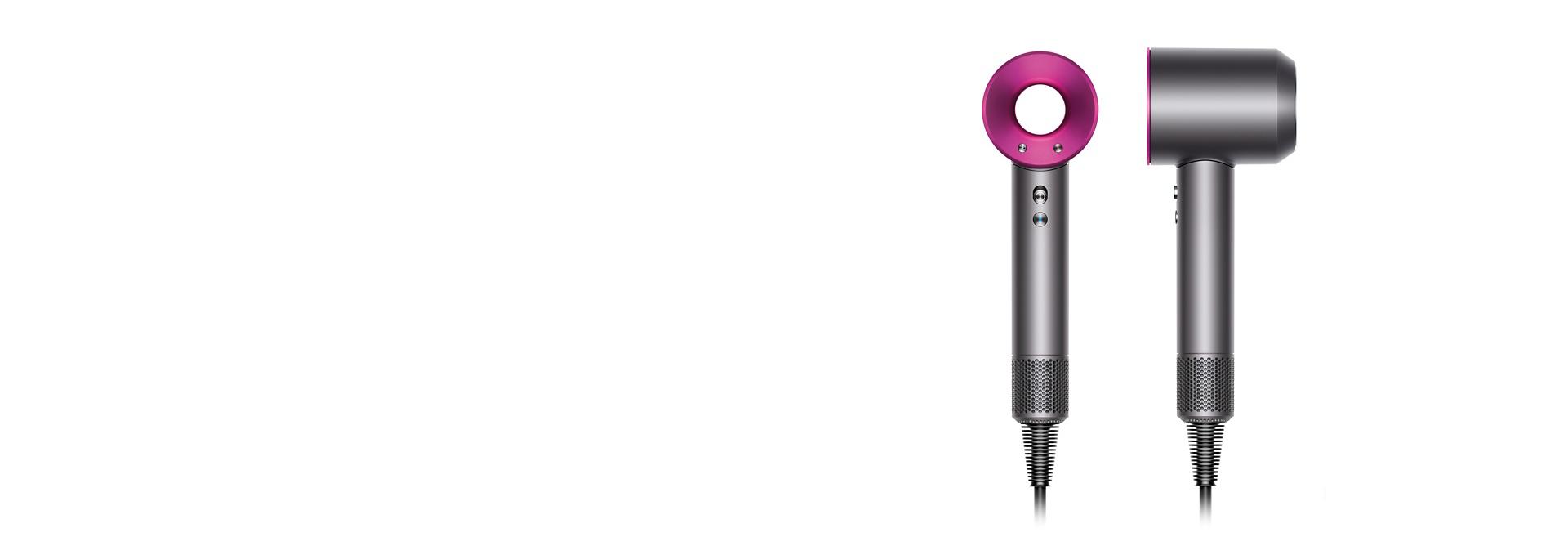
Frequently asked questions
To maintain optimum performance, your Re-engineered Dyson Supersonic™ hair dryer needs regular care and maintenance. We recommend cleaning the filter once a month. Debris should be wiped from the outer filter cage and from the inner filter mesh using a soft, dry cloth.
Yes, the new and re-engineered attachments are fully compatible with older generations of Dyson Supersonic™ hair dryers.
The voltage is 220–240V in the Hong Kong.
Your hair dryer has been precisely engineered for fast drying and styling at the voltage of the country in which it was purchased. This allows it to run at optimum performance. As voltage varies from country to country, please follow the guidance on usage in the guarantee section of your user manual.
